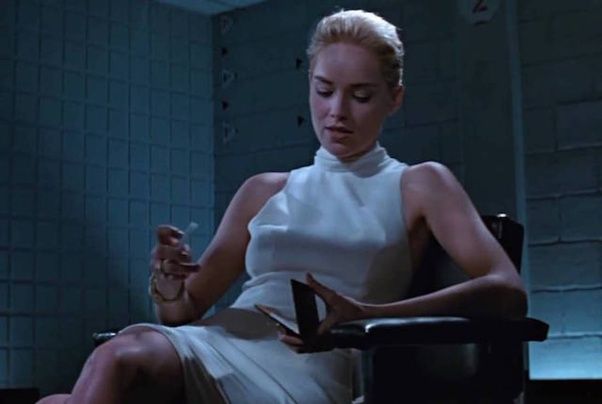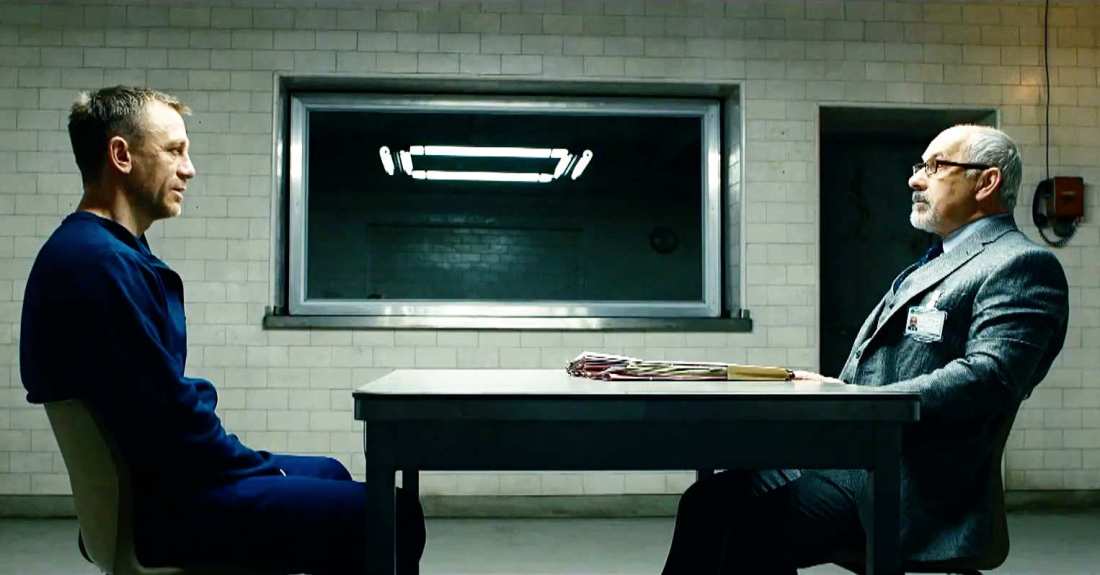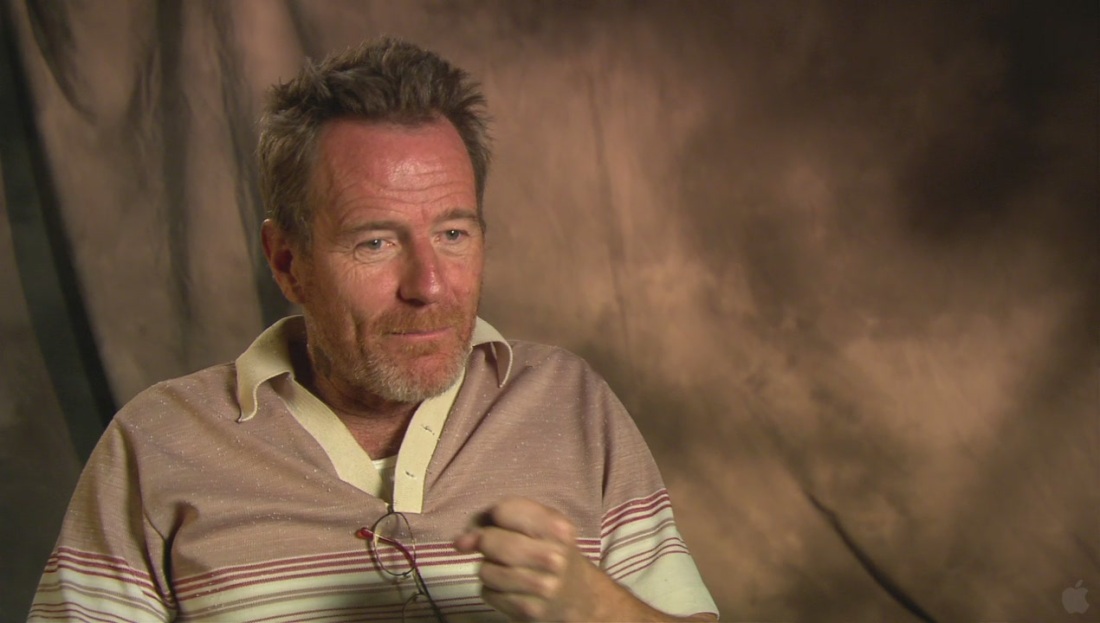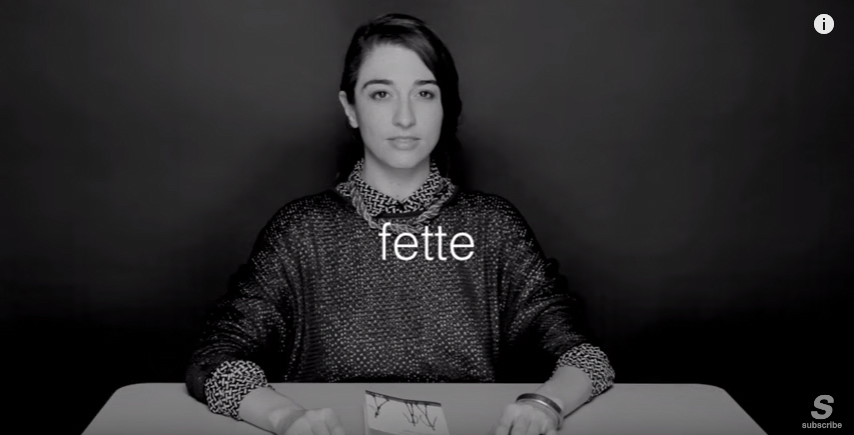In my school journal I’ve been researching various questions and trying to construct various questionnaires that I can hand to select people. They are ranging from friends and family to old bosses and ex and maybe even people which I was once close with but have suddenly drifted apart. Anyway that isn’t what I am going to be looking at in this update. What I wanted to look for in this was the various ways I can perform these questionnaires and how one can present those performances. By this I mean would the outcome of these questionnaires be the response to me requesting them to fill it in, either through recording (if I can occupy the same space as them) or through email and text response, showing the questionnaire and the responses found within, recording of these questionnaires either through a candid camera or interrogation/interview style approach. These recordings could be kept to just the audio or the video and audio.
For now I want to inspect the last aspect of this approach and discover ways that I could record these acts and how other artist or humans in the world have done so. When discussing with Andrew about the feel this project has, associations with candid camera and interrogation or journalistic interviews were created. Stylistically I thought either journalistic interview/interrogation would be more suited or would be more pleasing to the eyes given the topic doesn’t seem to what you’d find being questioned usually in such circumstances. That being questions about myself and how the other person identifies the person before them. Here are a lit of interrogations that are available via the internet.
Interrogation One – Brian David Mitchell
Interrogation Two – Jodi Arias
Interrogation Three – Terri-Lynne McClintic
Interrogation Four – Clifford Burns
Interrogation Five – Dustin Paxton
Forgetting the actual context of these videos as I am actually looking for repeating themes or styles found within. Most are done within a relatively small confined area (four walls and hardly any way to view the outside world), lighting seems to be created by singular source or possibly two but this is probably all about being able to capture as much information as possible, the camera is always located above the action and where all those in the room can be seen or at least all those participating in the interrogation can be viewed, The colours of the rooms are simple and subdued. Keeping it to a single colour/tone if done on the premises of the interrogators headquarters. Now this is a completely different approach to an interview as they are trying to obtain certain information pertaining to particular events. I mean an interview can be seen as this as well but they try to remove any response which can defend the person in question or allow for a positive personality to come forth. they are after hard facts. Where as an interview can be looking for more than just that. An interview may be as means of acquiring information in regards to particular events but it could also be used to sell or increase the publicity of an individual and the chances of a defensive response in this circumstance seems relatively lower. Now I am going to find examples of interviews and the stylistic choices that I can find within these.
Interview Three – Matt Stone & Trey Parker
Interview Seven – Michael Jackson
Interview Eight – Mark ‘Chopper’ Read
Again, I am not interested with the context of these interviews but rather the stylistic choices which have been made in regards to recording. Unfortunately one aspect which I find that exist within many journalistic interviews is this back and forth conversation scenario which they are creating (even though it has been double recorded from both angels). I am feeling what would be more suited or at least what I would enjoy more would be an approach which is a combination of the journalistic interview, interrogation and a job interview but from the perspective of the interviewee. I shall talk about the aspects which I enjoy about each one and what might add to the overall reading of this work. The journalistic approach, possibly this applies for all three, is the way in which one goes about obtaining information through a relaxed questionnaire approach. Unlike the interrogation and job interview, the questions and questioner don’t have the same intensity or driving force in obtaining information in regards to particular events or ones apparent suitability for particular task and outcomes. This is more relaxed and at times almost like friends talking with one another. This approach is probably more inline with interviews which are aiming to increase notoriety or publicity or an individual or group rather than people who have engaged with acts that go against the established laws. Although in a funny way these can be seen as acts of increasing ones publicity or notoriety. I want to take this relaxed approach or atmosphere and apply it my work, although that may be hard given the topic is all about myself and how people see or interpret me through symbols. What I find interesting about the interrogation videos which I watched and have linked about is the limited colour, lighting and the size of the room the recording occurs in. I’d love to carry that across, one as means of giving greater emphasis on the interview and the one being questioned and also to give a sense of uncertainty through light. Possibly use a direct lighting source which illuminates the person and takes away focus from the negative space. Limited colour within the space may also give a feeling that all of the attention and ones focus is being forced onto the person in frame. Now this may sound contradictory to what I said prior because the feelings and mood which I am taking from the interrogation are ones of anxiety and tension where as I wanted to take the relax feeling from the television interviews. Maybe exploring the aspect of first person interviewee would allow for personal clarity. What I think would come from using a camera angel which gives the sense that we are looking through the eyes of the interviewee is the idea of placing ourselves in that position and seeing if this sort of internalized questioning which are being asked of another is a routine which many find themselves in. One where they are constantly question how they see themselves vicariously through the eyes of others and the responses they receive from the others in response to the behaviours they present. Now another question comes to mind in regard to this aspect is ‘would one use their own name, gender identification or just general identifying words which can be related to any person?’. When questioning the person would I use Tim or Tim Fox or he/him or them/they? Of course I assume if I use any name I associate with this could create a disconnect between myself and the viewer. That these questions are specific to myself and aren’t questions which many ask of themselves. I think this is something to bring up next time I am presenting this weeks work to Andrew. But for now I shall look at more stylistic choices and what sort of vibe I am trying to obtain through varying stills of movies.

Oblivion (2013)
Post-apocalyptic Science Fiction
Tom Cruise (Jack)

Basic Instinct (1992)
Neo-noir Erotic Thrille
Sharon Stone (Catherine Tramell)

Interrogation (Polish; Przesłuchanie 1982)
Thriller
Krystyna Janda (Antonina ‘Tonia’ Dziwisz)

Skyfall (2012)
Action Thriller
Daniel Craig(James Bond) & Nicholas Woodeson (Doctor Hall)

The Dark Knight (2008)
Action Thriller
Heath Ledger (Joker) & Christian Bale (Batman/Bruce Wayne)

Now You See Me (2013)
Heist Thriller
Mark Ruffalo (Dylan Rhodes), Mélanie Laurent (Alma Dray) & Jesse Eisenberg (J. Daniel Atlas)

Behind The Scense – The Revenant (2015)
Semi-biographical Western
Leonardo DiCaprio (Hugh Glass)

Behind The Scenes – Drive (2011)
Neo-Noir Crime Thriller
Bryan Cranston (Shannon)

Behind The Scenes – Firefly (2002 – 2003)
Science Fiction Drama Adventure
Sean Maher (Dr. Simon Tam)
If I was to select three images which I find most pleasing and closer towards what I want to produce it would be Tom Cruise, Leonardo DiCaprio and Sean Maher. What I am enjoying about these images or settings are the limited colour and the focus placed on the individual before the camera. That is what I am aiming to achieve. I don’t know if the angle and positioning of the camera is suitable to give the impression that you are looking through the eyes of the interviewee. To capture this sense I could possibly centre the person within the frame or maybe even have it slightly above the person in order to create the sense that the interviewee is above the person. I will need to think of various items I need in order for me to achieve this. For next time dear internet world.
P.S. I completely forgot to add this video into the mix. Even though the context is absolutely nothing similar to what I am trying to produce, the way it has been recorded and the varying effects which have been added might be what I am looking for. This video is from a series called Hysterical Literature and this is the twelfth video in the series. I shall add a still but what I enjoy is the positioning and framing of the camera, limited colour (this one is in black and white but I would have a touch more, and the simple set up. This simplistic and reductive approach may be useful for me as it brings attention to what is happening within the video which is a interview regarding me.
